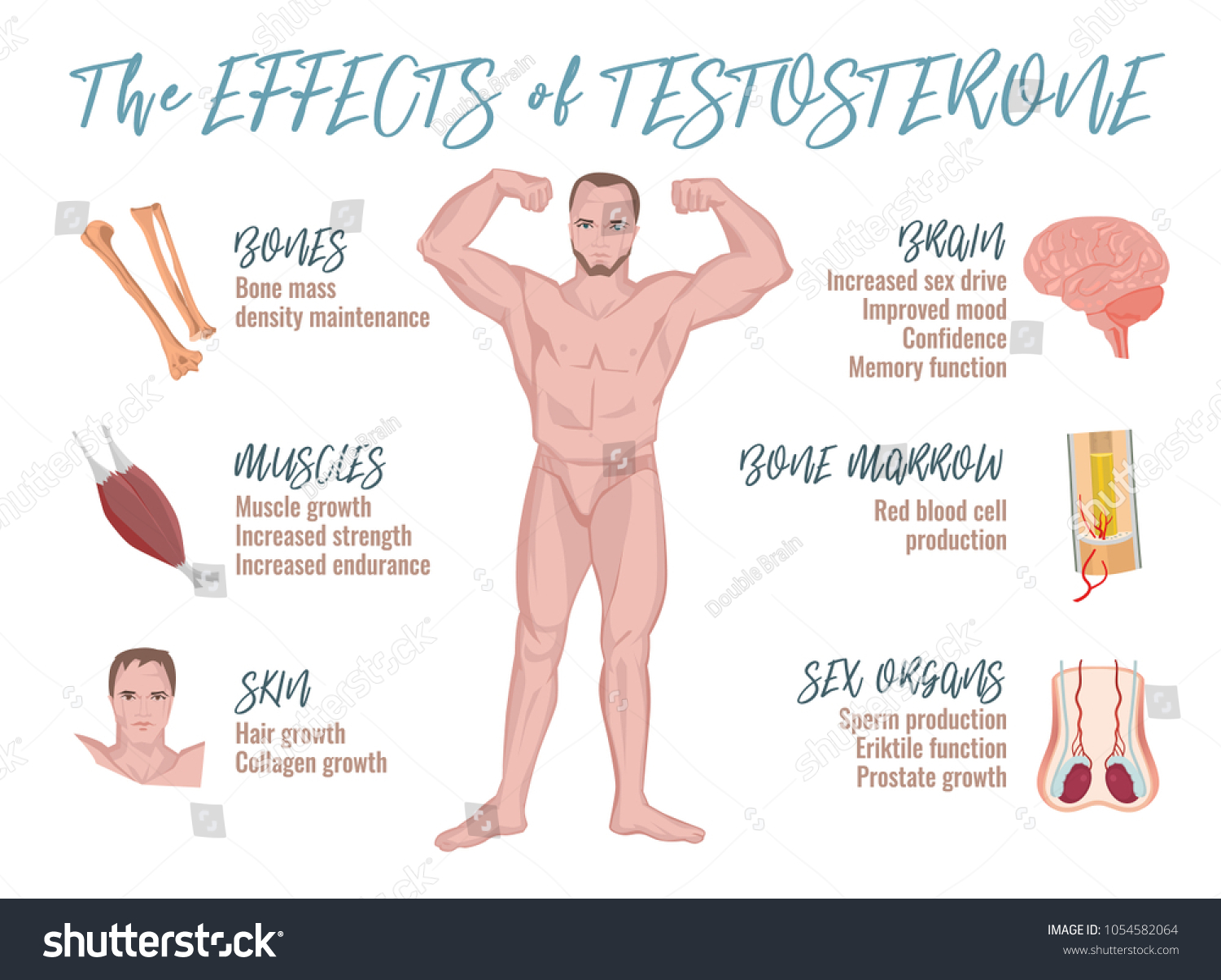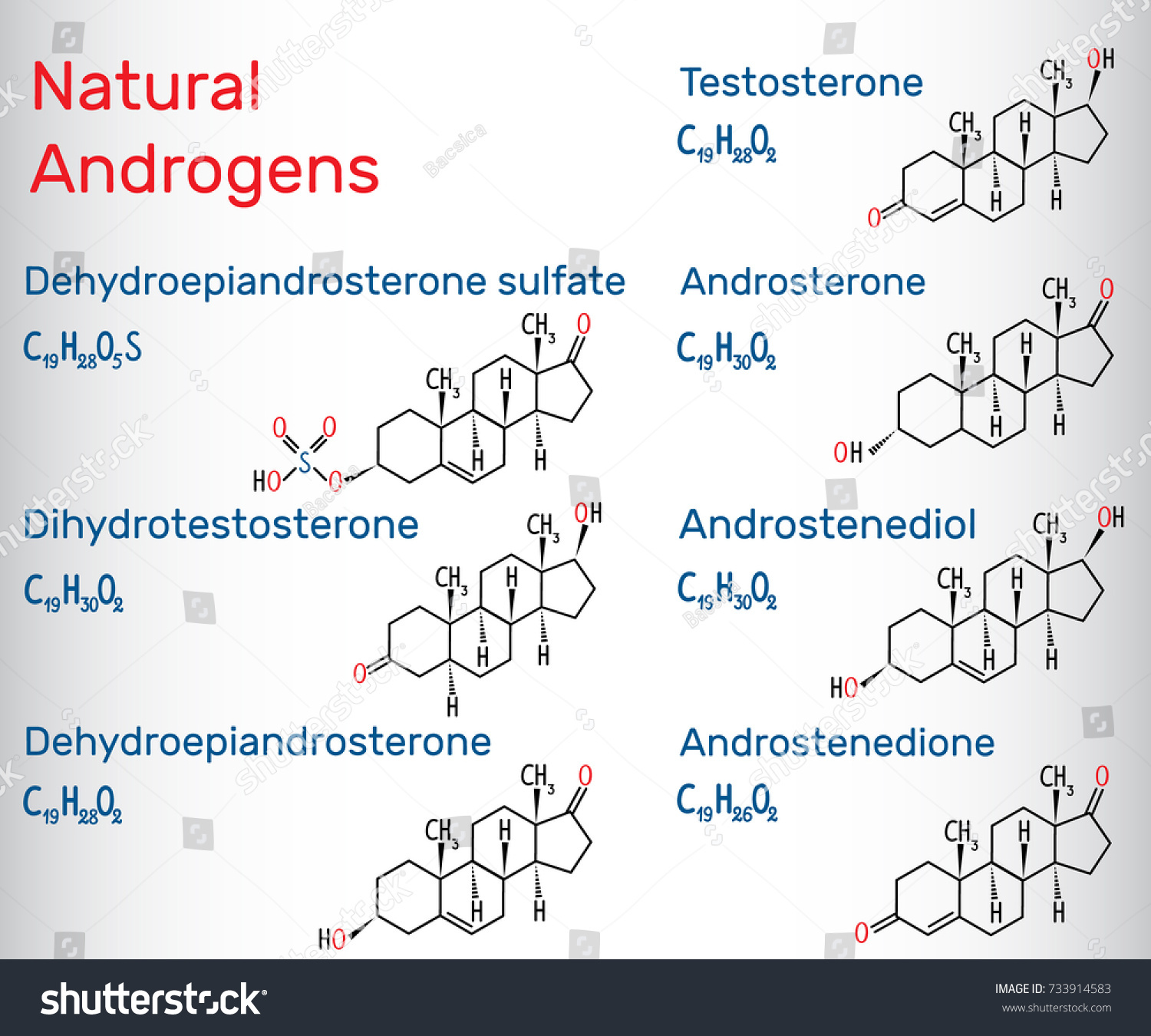Introduction
Hormones are chemical messengers in the communication system that regulate a variety of processes. Hormones are injected into the bloodstream and transported to distant target areas to demonstrate their effects. Sex hormones are defined as substances that help an organism’s sexual growth and development. Androgens are a steroid class of sex hormones that aid in puberty and have some somatic effects.
What is Androgen Hormone?
Androgen hormone, also known as testosterone, is a steroid hormone that is responsible for the development and maintenance of male sexual characteristics. It is produced in the testes in males and in smaller amounts in the ovaries and adrenal glands in females. The hormone is crucial for the development of male reproductive organs, such as the testes, penis, and prostate gland.
Functions of Androgen hormone
Role of Androgen Hormone in Sexual Development
Androgen hormone plays a crucial role in the sexual development of males. During fetal development, it promotes the development of the male reproductive organs, including the testes and penis. After birth, the hormone is responsible for the development of secondary sexual characteristics, such as increased muscle mass, body and facial hair, and a deeper voice. Androgen hormone also plays a role in the development of sexual desire and libido in both males and females.
Androgen Hormone and Reproduction
Androgen hormone plays an important role in the reproductive function of males. It is necessary for the production and maturation of sperm cells, and also stimulates the production of seminal fluid. The hormone is also responsible for maintaining the health of the male reproductive organs, including the testes, prostate gland, and seminal vesicles.
Androgen Hormone in Women
Although androgen hormone is primarily associated with male sexual development and function, it also plays a role in the sexual development and function of females. In females, the hormone is produced in the ovaries and adrenal glands and is important for the development of the female reproductive system, including the ovaries, uterus, and vagina. Androgen hormone also contributes to the regulation of female libido and sexual function.
Androgen Hormone and Muscular Development
Androgen hormone plays a crucial role in the development of muscle mass and strength in both males and females. The hormone stimulates the growth and development of muscle cells and promotes protein synthesis.

Various effects of androgen on male body
Androgen production
The primary androgen, testosterone, is produced from cholesterol in the testicular Leydig cells. Androgen is also produced by the cortex of the adrenal glands. The adrenal androgens androstenedione, DHEA, and DHEA-S are converted to testosterone in the skin, fat cells, muscle, and the brain.
Yet, in males, it is just a tiny contribution because the testes produce the majority of androgen. Females have elevated levels of adrenal androgens due to the absence of testes.
Males first release testosterone throughout the early months of intrauterine life to differentiate the male genital tract. After puberty, testosterone production continues indefinitely. The pituitary gland’s leutinizing hormone (LH) regulates testosterone release in the testes.

Various natural androgen
Causes of androgen deficiency in men and women
Androgen deficiency is a medical condition that occurs when the body doesn’t produce enough androgen hormone, which can have negative impacts on various bodily functions. Both men and women can experience androgen deficiency, and the causes may differ between the two.
Causes of Androgen Deficiency in Men
- Aging: As men age, their natural production of androgen hormone decreases, leading to a gradual decline in hormone levels.
- Testicular dysfunction: Any damage or disease that affects the testicles, such as trauma, infection, or cancer, can disrupt the production of androgen hormone.
- Hypothalamic or pituitary dysfunction: The hypothalamus and pituitary gland play a crucial role in the production and regulation of androgen hormone. Dysfunction in these areas can lead to a decrease in hormone production.
- Genetic disorders: Certain genetic disorders, such as Klinefelter syndrome, can cause androgen deficiency in men.
- Certain medications: Some medications, such as opioids, glucocorticoids, and antipsychotics, can interfere with the production of androgen hormone in men.
Causes of Androgen Deficiency in Women
- Ovarian dysfunction: The ovaries are the primary source of androgen hormone in women. Any damage or disease that affects the ovaries, such as polycystic ovary syndrome (PCOS), can disrupt the production of androgen hormone.
- Aging: As women age, their natural production of androgen hormone decreases, leading to a gradual decline in hormone levels.
- Adrenal dysfunction: The adrenal glands also produce androgen hormone in women. Dysfunction in these glands can lead to a decrease in hormone production.
- Hypothalamic or pituitary dysfunction: As with men, dysfunction in the hypothalamus or pituitary gland can also cause androgen deficiency in women.
- Certain medications: Some medications, such as oral contraceptives and antiandrogens, can interfere with the production of androgen hormone in women.
Androgen deficiency treatment
Hormonal treatment is used to address androgen shortage. Before starting hormone therapy, patients with symptoms of androgen deficit are evaluated with Total testosterone.
Testosterone can be administered topically as a gel or intranasally, or orally or subcutaneously, or via injection. Yet, the widely available testosterone in markets for girls is at a larger dose than that prescribed for males. As a result, the treatment has numerous negative effects.
Summary
Androgens are responsible for the development of male sexual traits, while in females, they are precursors for oestrogen, which keeps the reproductive system healthy. Androgens have major somatic effects, such as influencing bone density, in addition to supporting the reproductive system. Androgens are released by the testes and ovaries in response to leutinizing hormone. Adrenal glands also secrete androgens, which are regulated by adrenocorticotrophic hormone. Raised or lowered androgen levels can have major consequences for human life. Androgen deficiency is addressed with hormone treatment, which may have negative effects.
Frequently Asked Questions
1. What are anabolic steroids?
Anabolic steroids are synthetic steroids used for muscular growth and development. These are often testosterone derivatives with bodybuilding potential that are used by sportsmen and bodybuilders.
2. What happens when a woman has too much androgen?
Ovarian overproduction of androgens is a condition in which the ovaries produce excessive amounts of testosterone. This results in a lady developing male characteristics. Androgens from other places of the body can also lead females to develop male traits.
3. Does stress cause a rise in androgen?
Prolonged stress raises ACTH levels, which promote testosterone release with no negative feedback loop. Androgen hormones shield the body from the long-term effects of chronically increased stress hormones such as cortisol and adrenaline.
 Mission Statement
Mission Statement
“Empower every student to achieve full potential”
88Guru has been established with the social objective of making quality video-based learning material available to all Indian students. Technology, Connectivity and Social Media are rapidly changing the world of Education and we wish to lead the transformation of the tuition industry in India.
88Guru is the perfect complement to the current tuition model. 88Guru creates a wonderful opportunity for children and parents to bond while engaging in a valuable learning activity. It also provides the complete curriculum at your fingertips for those moments when you need some help at short notice. We believe that this mode of tuition could be transformational, adding hours to a child's day while providing complete control over the learning process.
Every course is taught by the best teachers from India's top schools and conducted in an engaging manner to keep students involved. The e-learning process consists of video-based instructions, computer-graded assignments, and a dashboard which allows the student and parent to track progress.


